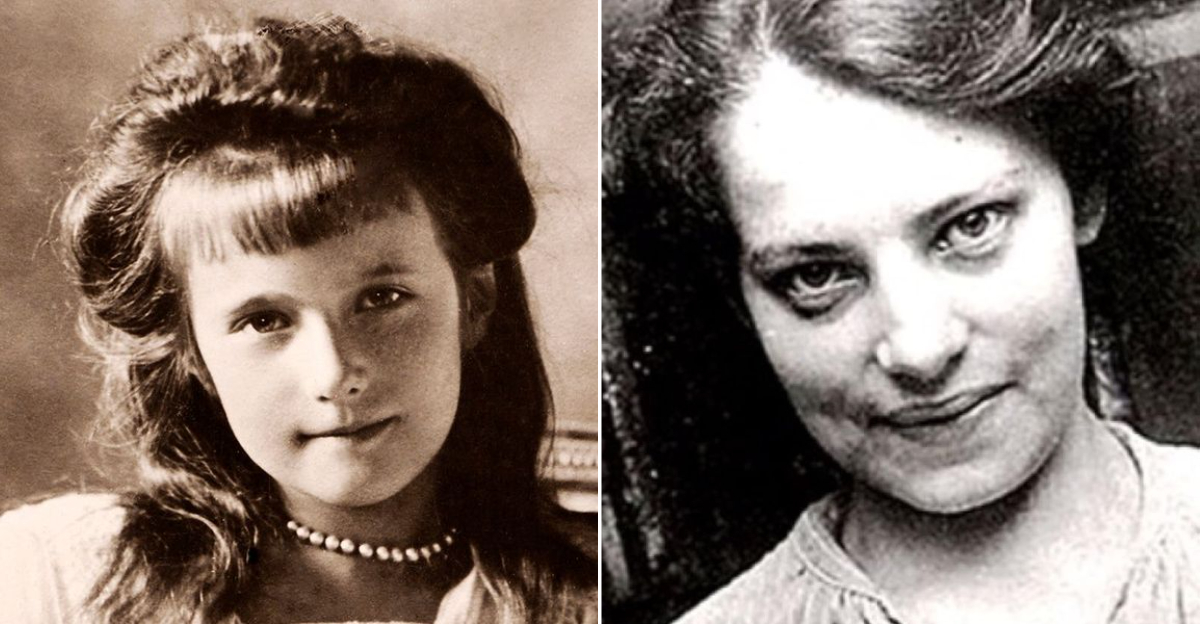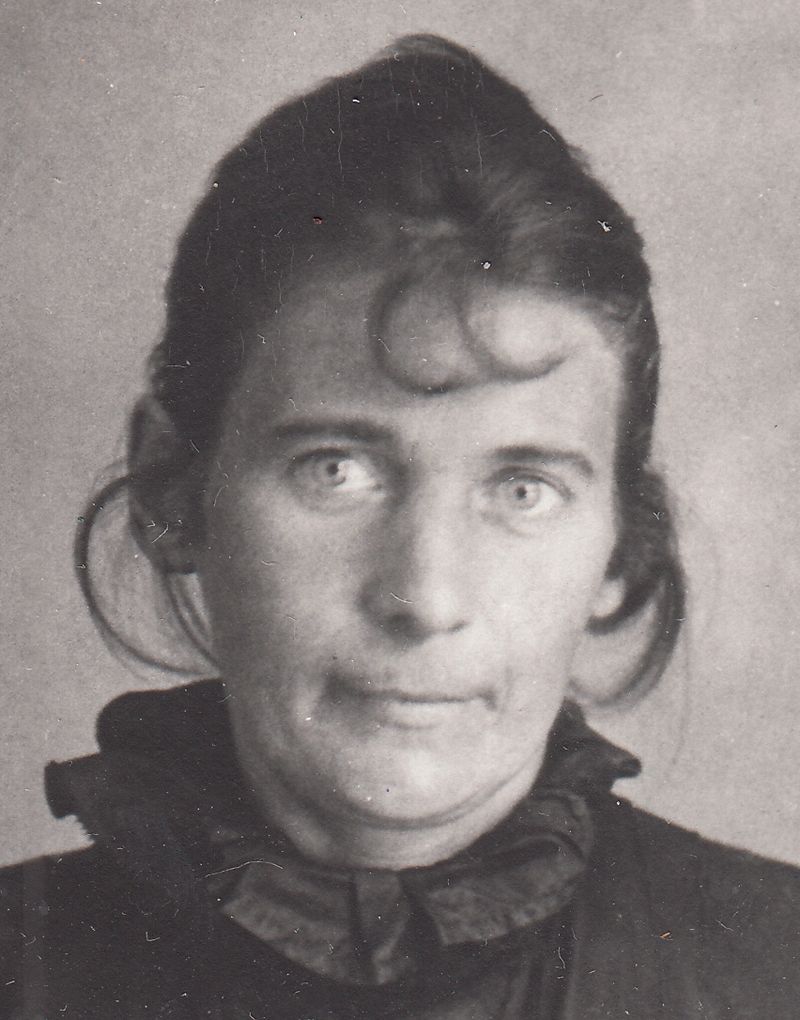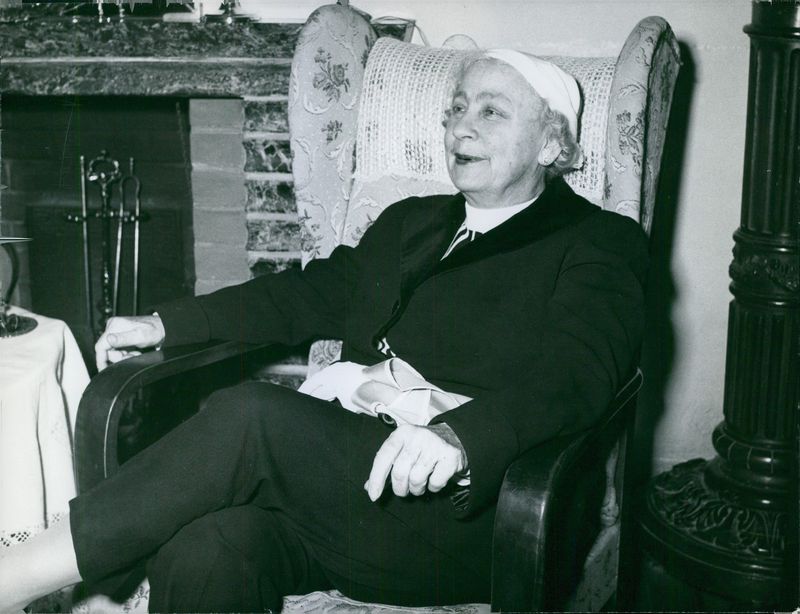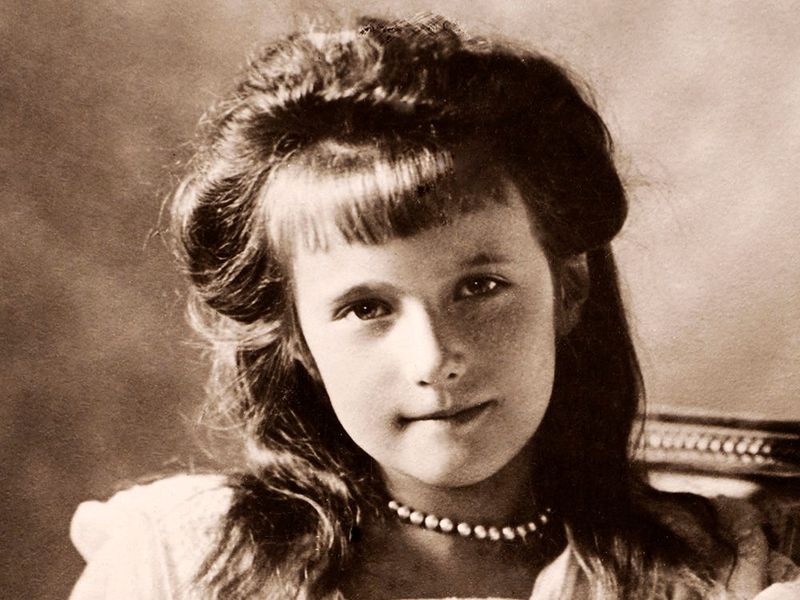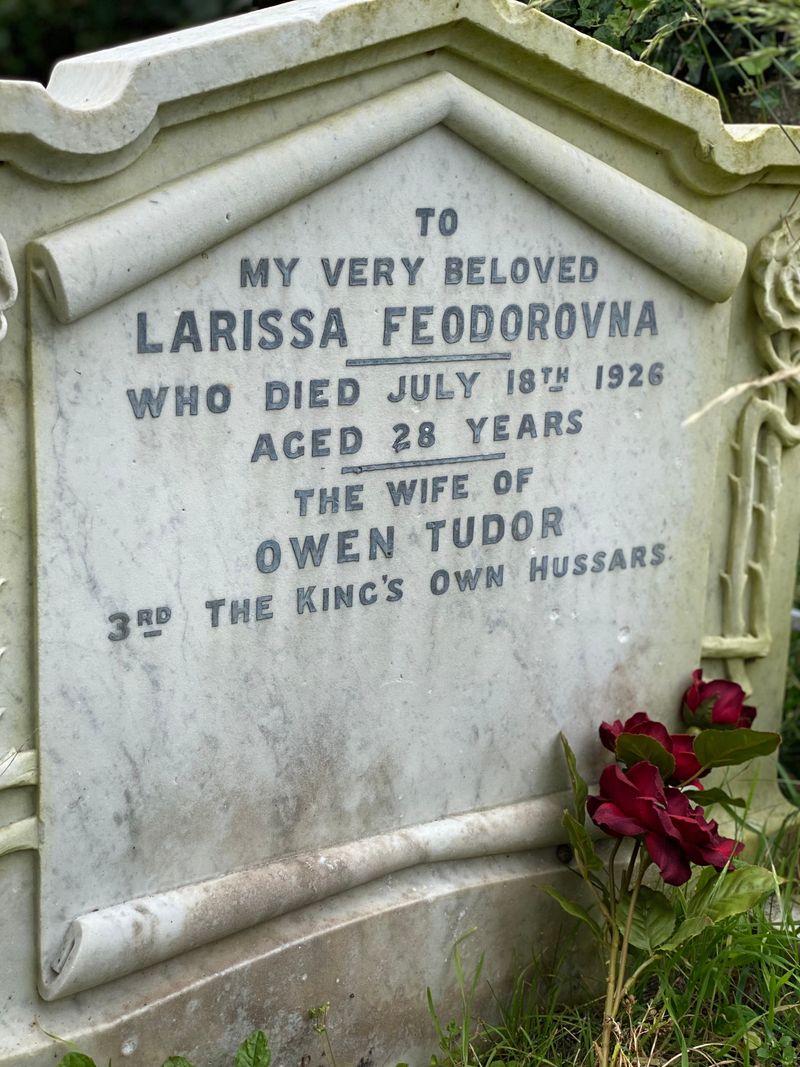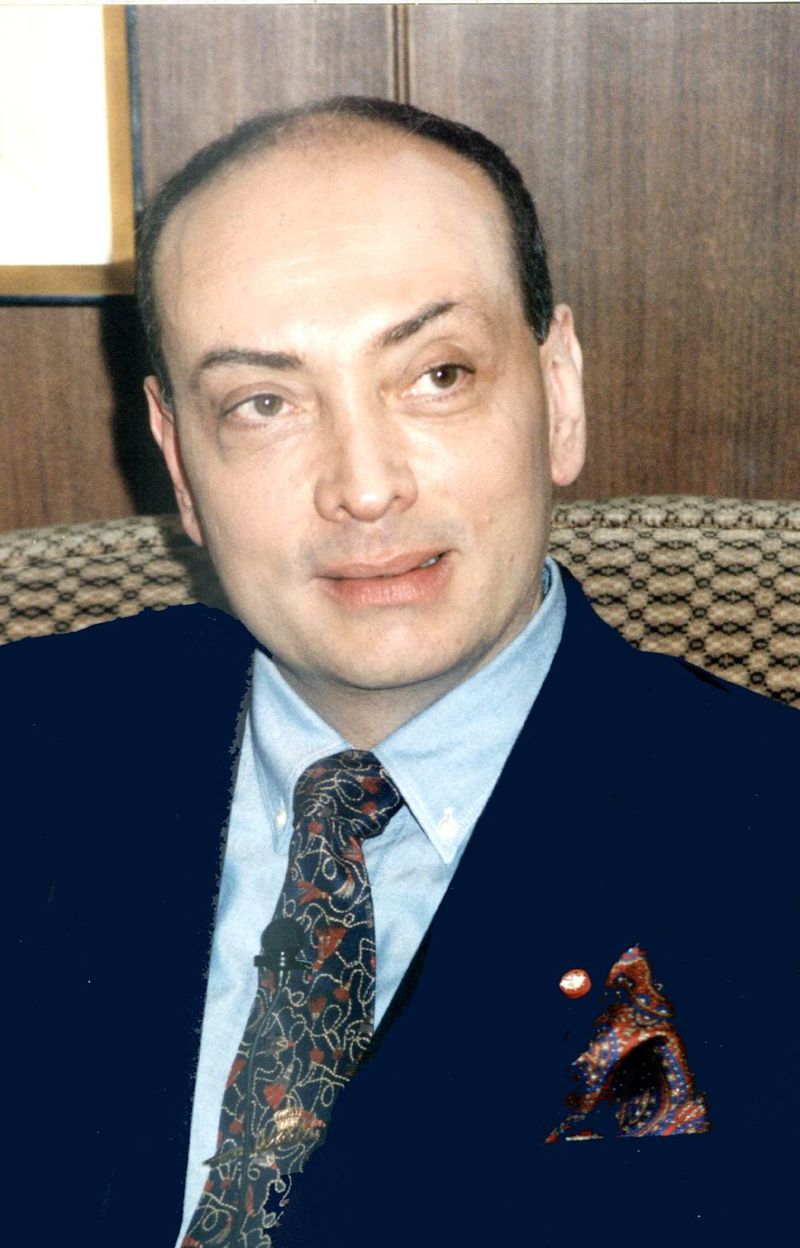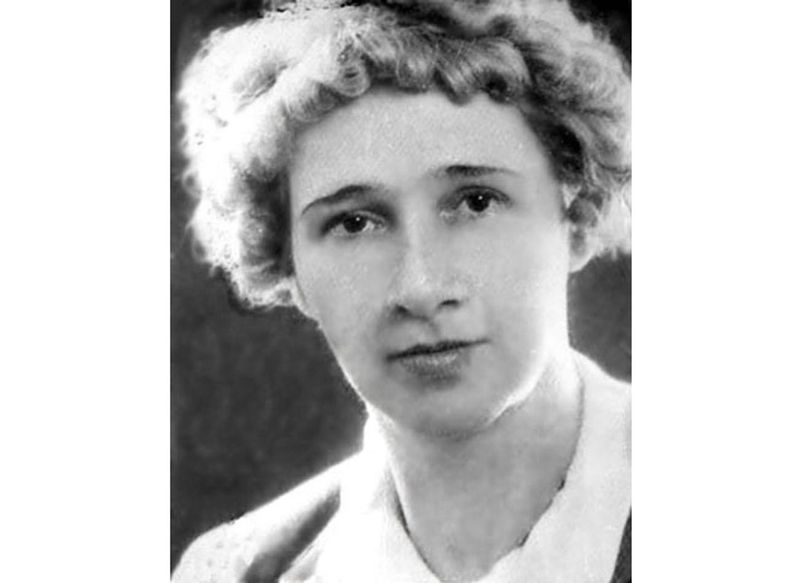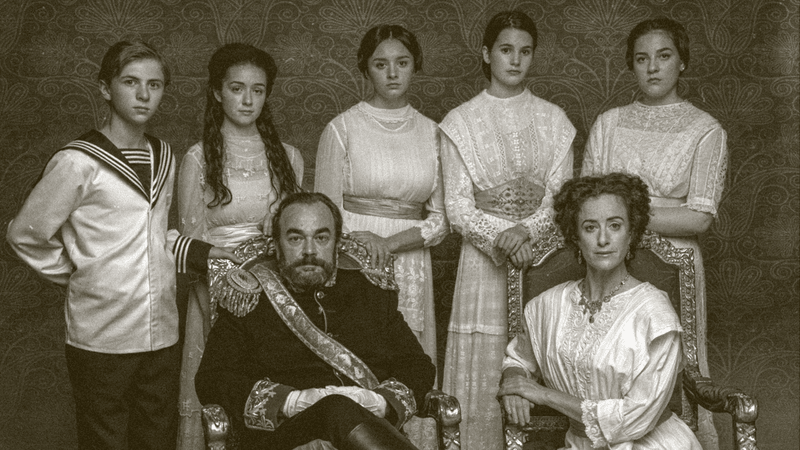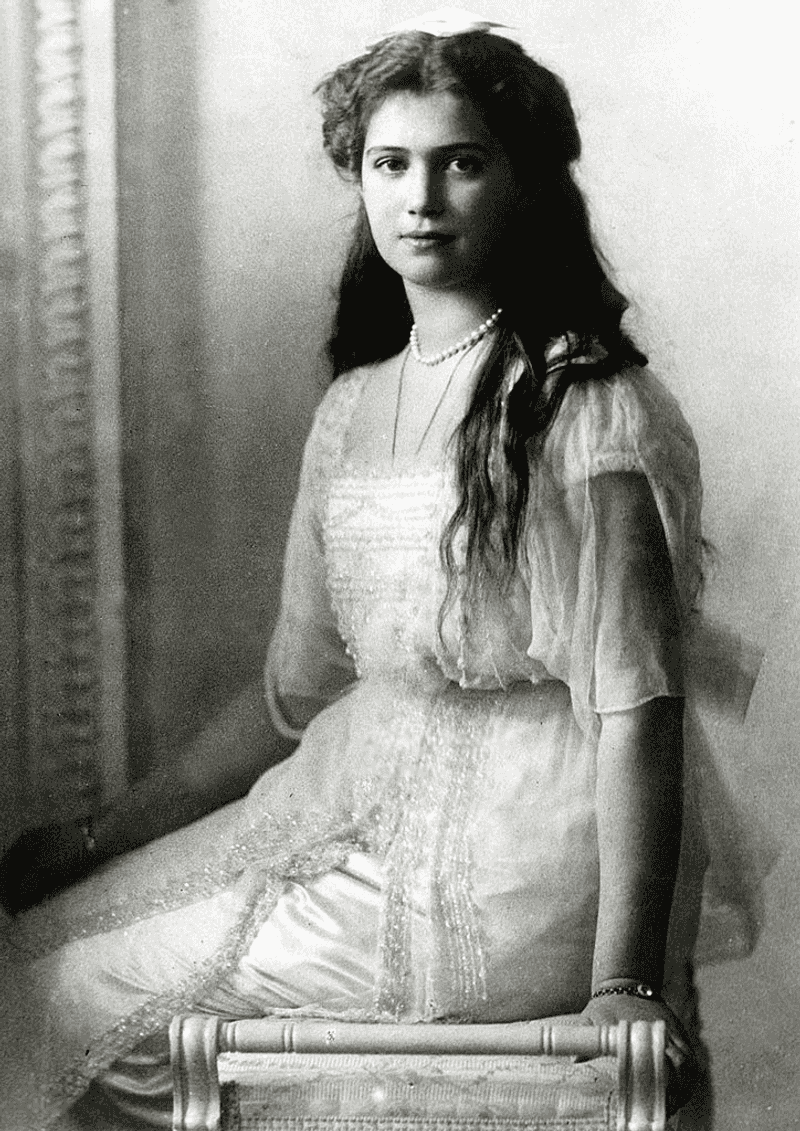The Romanov dynasty met a tragic end in 1918 when Tsar Nicholas II, his wife Alexandra, and their five children were executed by Bolsheviks. But for decades after, whispers of survival persisted. Impostors claiming to be long-lost Romanovs surfaced across the globe—some so convincing they fooled governments, aristocrats, and even scientists. Here are 11 fake Romanovs who duped the world—until DNA testing finally set the record straight.
1. Eugene Nicolaievich Ivanoff — The “Tsarevich” Who Vanished in Italy
Eugene Nicolaievich Ivanoff emerged in Italy in the 1920s, claiming to be the hemophiliac Tsarevich Alexei. His aristocratic charm fooled even some European royals, creating a stir among those longing for Romanov survival. However, as quickly as he appeared, Ivanoff vanished into obscurity. Despite his convincing portrayal, no DNA evidence ever linked him to the Romanovs. His story, filled with mystery and allure, left many wondering if he was merely an opportunist or believed his own tale. The lack of genetic evidence keeps his legacy shrouded in uncertainty, a ghost of a bygone era.
2. Nadezhda Ivanovna Vasilyeva — “Tatiana” in a Mental Institution
Confined to a Kazan asylum, Nadezhda Ivanovna Vasilyeva insisted for years that she was Grand Duchess Tatiana. Her steadfast belief in this identity persisted even as her health declined. Despite her conviction, later investigations and genetic research revealed no link between her and the Romanovs. Her tragic tale highlights the desperation and turmoil faced by those caught in the aftermath of the Romanov execution. Perhaps, in her mind, being Tatiana offered a fleeting escape from the stark reality of her confinement. Yet, DNA testing ultimately shattered this illusion, leaving only questions of her true origin.
3. Marga Boodts — The “Olga” of Lake Como
In the serene backdrop of Lake Como, Marga Boodts claimed to be Olga Nikolaevna, the eldest daughter of the Romanovs. Her quiet life in Italy and aristocratic manner attracted local support and sympathy. Yet, the truth lay elsewhere. DNA evidence in the early 2000s invalidated her claim, proving there was no Romanov blood in her veins. Boodts’ story, though captivating, was another chapter in the saga of impostors. Her tale underscores the enduring fascination with Romanov survival and the lengths to which individuals would go to claim such a legacy. Her motives remain a mystery.
4. Anna Anderson — The Most Famous “Anastasia” of All
With a haunting resemblance and detailed knowledge of palace life, Anna Anderson captured imaginations as Grand Duchess Anastasia. Her charm and conviction convinced some Romanov relatives of her authenticity. Yet, the mystery unraveled in the 1990s when DNA tests revealed her true identity: Franziska Schanzkowska, a Polish factory worker. Born in 1896, Franziska had crafted a compelling narrative, fooling many for over 60 years. Her story became a symbol of hope amidst tragedy, lingering in the cultural imagination. However, despite the allure, science eventually silenced the whispers of survival. What drove her to such deception remains an enigma.
5. Ceclava Czapska — Another “Anastasia” With a Royal Marriage
Ceclava Czapska stepped into history claiming to be Anastasia, weaving a tale woven with refinement and noble marriage. Her captivating demeanor and fluency in French lent credibility to her claims. Despite this aristocratic veneer, DNA evidence later revealed she had no Romanov blood. Her lineage traced back to Polish nobility, not Russian royalty. Czapska’s story, like many others, is a testament to the allure of the Romanov legacy and the human desire to connect with grandeur. Her life remains an intriguing footnote in the annals of history, echoing the era’s complexities.
6. Michael Goleniewski — Spy by Day, “Alexei” by Night
Michael Goleniewski, a Cold War double agent, boldly claimed to be Alexei Romanov while feeding information to the CIA. Despite producing forged documents and secrets only a Romanov could know, DNA analysis—combined with growing mental instability—unraveled his claims. His life, a complex tapestry of espionage and deception, intrigued many. Yet, science exposed the ruse. Goleniewski’s tale underscores the intricate dance between reality and illusion, highlighting the Cold War’s shadowy world. His audacious claims and life of espionage paint a vivid picture of a man driven by ambition and mystery.
7. Larissa Tudor — The British “Tatiana” with a Mysterious Estate
Larissa Tudor, married to a British cavalry officer, lived quietly in Kent, yet rumors swirled of her being Tatiana Romanov. Her noble bearing and mysterious background intrigued neighbors, creating an air of romantic mystery. Her untimely death deepened the intrigue. However, DNA analysis later confirmed no Romanov connection. Tudor’s life, shrouded in whispers and speculation, remains a curious narrative—a glimpse into the yearning for royal ties. Her story embodies the captivating allure of the Romanov saga and the persistent hope for a connection to lost royalty, despite evidence to the contrary.
8. Alexis Brimeyer — The Self-Made Prince with a Paper Trail
Alexis Brimeyer, a self-proclaimed prince, forged a life of grandeur by claiming various royal identities, including a Romanov connection. His charisma opened doors to international royal events, yet investigative journalism and DNA exposed him as a charismatic fraud. With no blood ties to any throne, Brimeyer’s story is a testament to the power of personality and persuasion. Despite his lack of authenticity, his life was a carefully crafted performance, serving as a captivating tale of ambition and illusion. Brimeyer’s legacy is one of audacity and the timeless allure of royalty.
9. Eleonora Krüger — “Anastasia” Hiding in Bulgaria
Eleonora Krüger lived under the radar in Bulgaria, claiming to have survived the Romanov execution. Her story captivated locals, fueling whispers of survival against the odds. Yet, her grave revealed no link to Romanov genetics. Despite her quiet existence, Krüger’s claim stirred imaginations, representing the enduring hope of Romanov survival. Her life remains a poignant reminder of the era’s tumult and the human longing for connection to history’s great narratives. The reality, uncovered by science, left her tale as another chapter in the saga of impostors who sought identity through royal lineage.
10. Alexei Poutziato — A Frenchman With “Royal Blood”
Alexei Poutziato emerged in Paris, claiming Romanov lineage with an aristocratic flair. His dramatic backstory and cultivated persona attracted followers, creating a buzz among those enamored with royalty. Despite the charm, DNA analysis proved he had no royal blood, only a penchant for theatricality. Poutziato’s story is a reflection of the era’s fascination with nobility, blending fantasy with reality. His life, a masterful performance, underscores the allure and mystique surrounding the Romanovs. Ultimately, his tale is a reminder of the enduring power of storytelling and the quest for identity.
11. Natalia Bilikhodze — “Maria” the Healer
Natalia Bilikhodze, claiming to be Maria Romanov, carved a life as a mystic healer in Georgia. Her noble bearing and spiritual charisma won her followers, propelling her into local legend. Yet, forensic experts debunked her claim when Romanov remains were genetically identified in the 1990s. Bilikhodze’s story intertwines mysticism with royalty, a captivating blend of belief and hope. Her legacy, part of the broader tapestry of Romanov impostors, highlights the human desire for connection to grandeur. Despite science’s verdict, her life remains an intriguing narrative of faith and identity.
